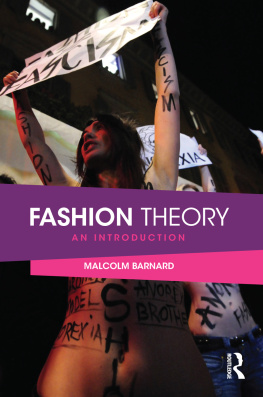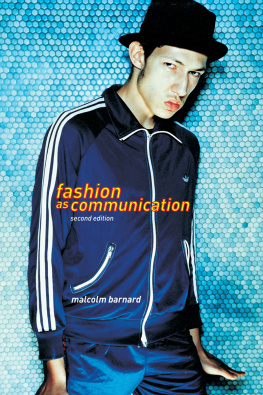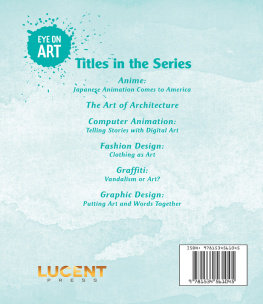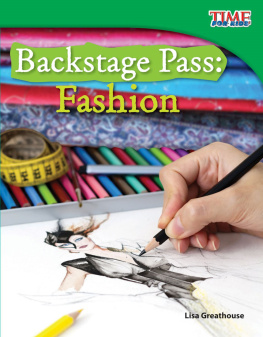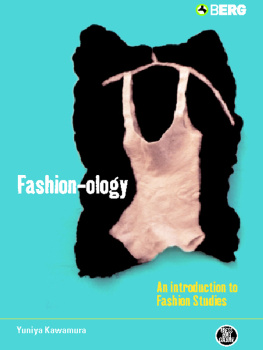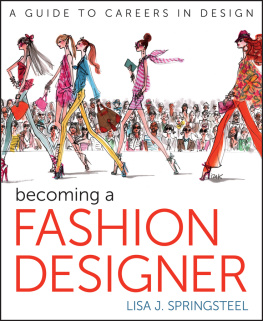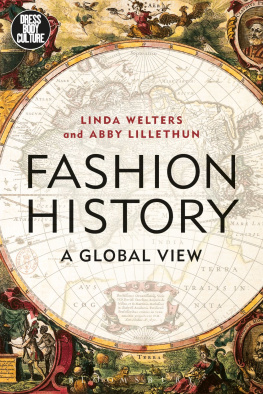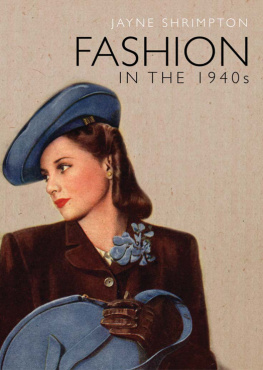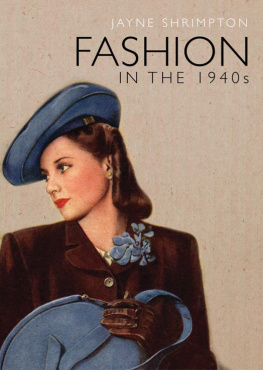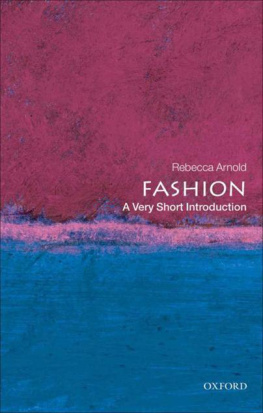
Fashion theory
Fashion is both big business and big news. From models eating disorders and sweated labour to the glamour of a new seasons trends, statements and arguments about fashion and the fashion industry can be found in every newspaper, consumer website and fashion blog. Books that define, analyse and explain the nature, production and consumption of fashion in terms of one theory or another abound. But what are the theories that run through all of these analyses, and how can they help us to understand fashion and clothing?
Fashion Theory: an introduction explains some of the most influential and important theories on fashion: it brings to light the presuppositions involved in the things we think and say about fashion every day and shows how they depend on those theories. This clear, accessible introduction contextualizes and critiques the ways in which a wide range of disciplines have used different theoretical approaches to explain and sometimes to explain away the astonishing variety, complexity and beauty of fashion. Through engaging examples and case studies, this book explores:
fashion and clothing in history
fashion and clothing as communication
fashion as identity
fashion, clothing and the body
production and consumption
fashion, globalization and colonialism
fashion, fetish and the erotic.
This book will be an invaluable resource for students of cultural studies, sociology, gender studies, fashion design, textiles or the advertising, marketing and manufacturing of clothes.
Malcolm Barnard is Senior Lecturer in Visual Culture at Loughborough University, where he teaches the history and theory of art and design. His interests lie in the theories and philosophies of art and design, especially the areas of fashion and graphic design.
Malcolm Barnards Fashion Theory is more than just an introduction. He sets out a clear account of major theorists ideas in the context of key writers on fashion, and shows how some of the most abstract theory is implicated in the merest comment on, or second glance at, the clothes people wear. This book will be an invaluable resource for students of cultural studies, the social sciences and of course the many practical disciplines that study fashion. Anyone who wants to get seriously involved with fashion or clothing needs to be able to understand the ideas behind them and Barnards book is the go-to place to get that understanding.
Tim Dant, Professor of Sociology, Lancaster University, UK
Malcolm Barnards Fashion Theory: an introduction is the most comprehensive, convincing and yet accessible book imaginable as an introduction geared specifically for students in fashion design. The book is unique, lucid and utterly concrete in its message that no statement about fashion is innocent. Barnard manages to explicate not only the inevitably political dimension of fashion, but and partly as an extension of this to convey a deep and multidimensional sense of the relationship between fashion and representation.
Brian Seitz, Professor of Philosophy, Babson College, USA
Fashion Theory
An introduction
Malcolm Barnard

First published 2014
by Routledge
2 Park Square, Milton Park, Abingdon, Oxon OX14 4RN
and by Routledge
711 Third Avenue, New York, NY 10017
Routledge is an imprint of the Taylor & Francis Group, an informa business
2014 Malcolm Barnard
The right of Malcolm Barnard to be identified as author of this work has been asserted by him in accordance with sections 77 and 78 of the Copyright, Designs and Patents Act 1988.
All rights reserved. No part of this book may be reprinted or reproduced or utilised in any form or by any electronic, mechanical, or other means, now known or hereafter invented, including photocopying and recording, or in any information storage or retrieval system, without permission in writing from the publishers.
Trademark notice: Product or corporate names may be trademarks or registered trademarks, and are used only for identification and explanation without intent to infringe.
British Library Cataloguing in Publication Data
A catalogue record for this book is available from the British Library
Library of Congress Cataloging in Publication Data
Barnard, Malcolm,
Fashion theory: an introduction/Malcolm Barnard.
pages cm
Includes bibliographical references and index.
1. FashionSocial aspects. 2. FashionEconomic aspects. 3. Fashion design. I. Title.
GT525.B37 2014
391dc23
2013039173
ISBN: 978-0-415-49620-9 (hbk)
ISBN: 978-0-415-49621-6 (pbk)
ISBN: 978-0-203-86210-0 (ebk)
Typeset in ScalaSans and Frutiger
by Florence Production Ltd, Stoodleigh, Devon, UK
Contents
I would like to thank the following people for advice, suggestions, corrections and permissions to use illustrations: Anne Burns, Lena Ahmed Fallata, Yolanda Dominguez, Kathryn Hinks, Marsha Meskimmon and Shlomit Ravid and her colleagues at Comme il Faut, in Israel.
Every effort has been made to contact the copyright holders for their permission to reprint material in this book. The publishers would be grateful to hear from any copyright holder who is not here acknowledged and will undertake to rectify any errors or omissions in future editions of this book.
Introduction
One of the arguments used in the Rationale for this book, (which a hopeful potential author writes in order to explain the irresistible academic demand for the book and which provides the publisher with sound economic reasons to invest in it and publish it), was that while all accounts and even all anecdotes concerning what we wear and why we wear it presuppose at least one theory of fashion, few of those accounts and none of those anecdotes take the time to explain or even become aware of those theories. The unique selling point of this book was to be that it would take those accounts and anecdotes, show what the theories were and explain them in a rigorous but accessible manner.
Examples of these theories will, of course, be found in many of the books that are published on fashion and clothing. That is what academics do: they take a phenomenon such as fashion or clothing and they define, analyse and explain it in terms of some theory or other. These academics and their theories will be found in the chapters that follow, starting with the very next chapter, which explains the nature, presence and role of theory in every explanation and every understanding of fashion and clothing. Theories will also be found in the essays appearing in the ever-increasing number of journals that cater for fashion, clothing and textiles: Berg even calls one of its journals Fashion Theory, while Routledge publishes the International Journal of Fashion Design, Technology and Education and Intellect offers us Critical Studies in Fashion and Beauty.
Examples of what we might think of as anecdotal, informal, everyday statements and arguments concerning fashion and clothing may be found on the websites of every newspaper that has ever run a story about fashion or clothing. Following the story of another unfortunate model suffering from an eating disorder, or lamenting the return or the decline of mens ties, there will be pages of comments below the line in which the readers offer their opinions and comments. The point the Rationale was trying to make was that even these informal, everyday opinions and commonplace assertions concerning what people wear all presuppose some theory or other. The Rationale could reasonably have made the point that these everyday, commonplace opinions and assertions use exactly the same theories as the academics in their high-powered books and complicated essays.
Next page
